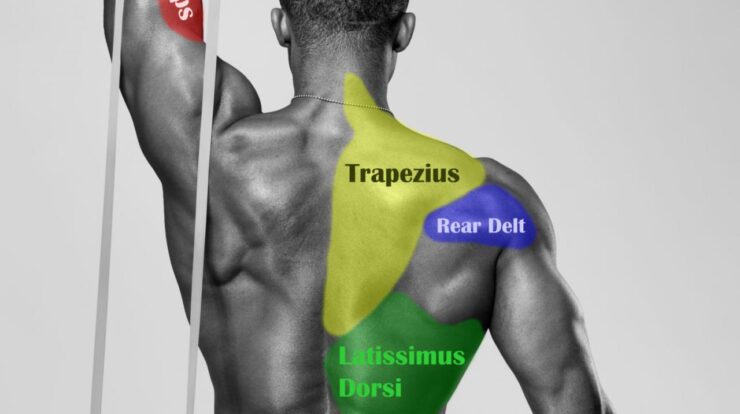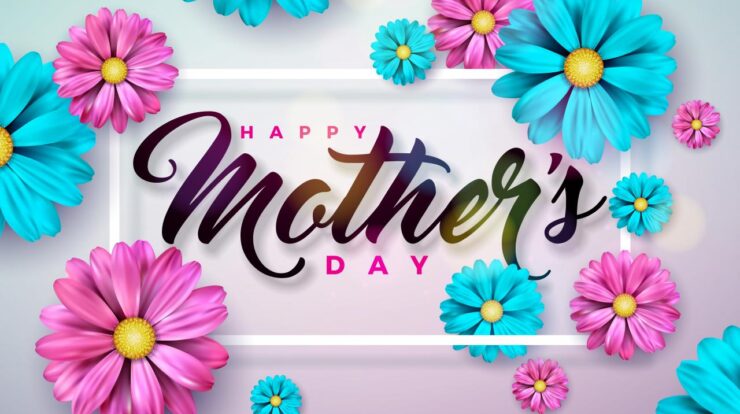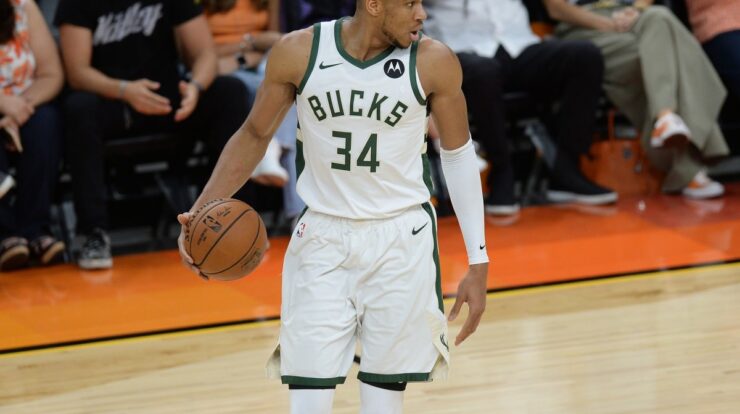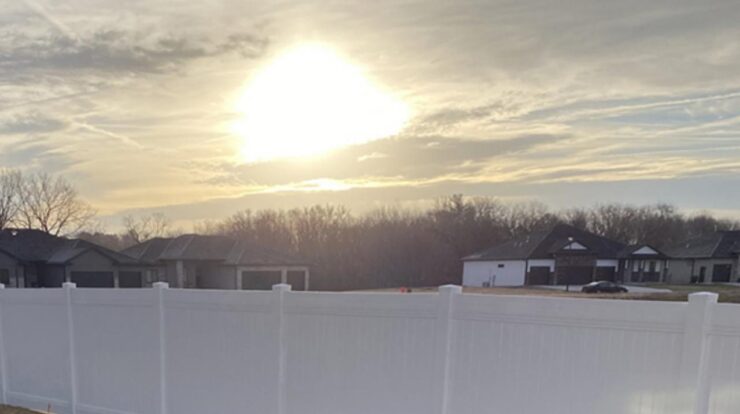
Nestled in the rolling hills of Nebraska, Waverly Nebraska is a town that exudes charm, character, and a rich tapestry of history. From its humble beginnings as a frontier outpost to its present-day status as a thriving community, Waverly has witnessed a remarkable transformation, leaving an indelible mark on the state’s cultural and economic landscape.
Throughout this comprehensive guide, we delve into the captivating story of Waverly, exploring its historical roots, demographic makeup, economic drivers, educational institutions, cultural heritage, geographical setting, tourism attractions, real estate market, and infrastructural advancements. Join us as we uncover the essence of this vibrant Midwestern gem.
Waverly, Nebraska: Historical Overview
Waverly, Nebraska, is a city steeped in history, dating back to the mid-19th century. In 1864, a group of settlers from Iowa established the town and named it after Waverly, Iowa, their former home. Waverly quickly grew into a thriving agricultural center, and by the early 20th century, it had become a major hub for grain production and livestock farming.
The town’s prosperity continued throughout the 20th century, and today, Waverly is a vibrant community with a rich cultural heritage and a strong economic base.
Key Events and Milestones
Throughout its history, Waverly has witnessed several key events and milestones that have shaped its development. In 1887, the town was connected to the Union Pacific Railroad, which greatly boosted its economic growth. In 1913, the Waverly Public Library was established, providing a valuable resource for the community.
The 1950s saw the construction of the Waverly Municipal Building, which remains a landmark in the city today.
Influential Figures
Several influential figures have played a significant role in Waverly’s history. One notable figure is John B. Weston, who served as the town’s first mayor and was instrumental in its early development. Another important figure is Dr. William H.
Wilson, who founded the Waverly Sanitarium in 1893, which provided medical care to the community for over 50 years.
Demographics and Population
Waverly, Nebraska, has a population of approximately 3,200 residents, according to the 2020 census. The town’s population has remained relatively stable over the past several decades, with a slight increase in recent years. The median age in Waverly is 38.9 years, which is slightly higher than the national median age of 38.5 years.
The majority of Waverly’s residents are white (92.4%), with smaller populations of Hispanic or Latino (4.6%), Black or African American (1.1%), and Asian (1.1%).
Income Levels and Education Attainment
The median household income in Waverly is $72,000, which is higher than the national median household income of $67,521. The poverty rate in Waverly is 6.2%, which is lower than the national poverty rate of 11.4%. The majority of Waverly’s residents have a high school diploma or higher, with 30.1% holding a bachelor’s degree or higher.
Population Trends and Growth Patterns
Waverly’s population has grown steadily over the past several decades, with a slight increase in recent years. This growth is largely due to the town’s strong economic base and its proximity to the larger city of Lincoln. Waverly is expected to continue to experience population growth in the coming years, as more people move to the area for work and to take advantage of the town’s amenities.
Local Economy and Industries
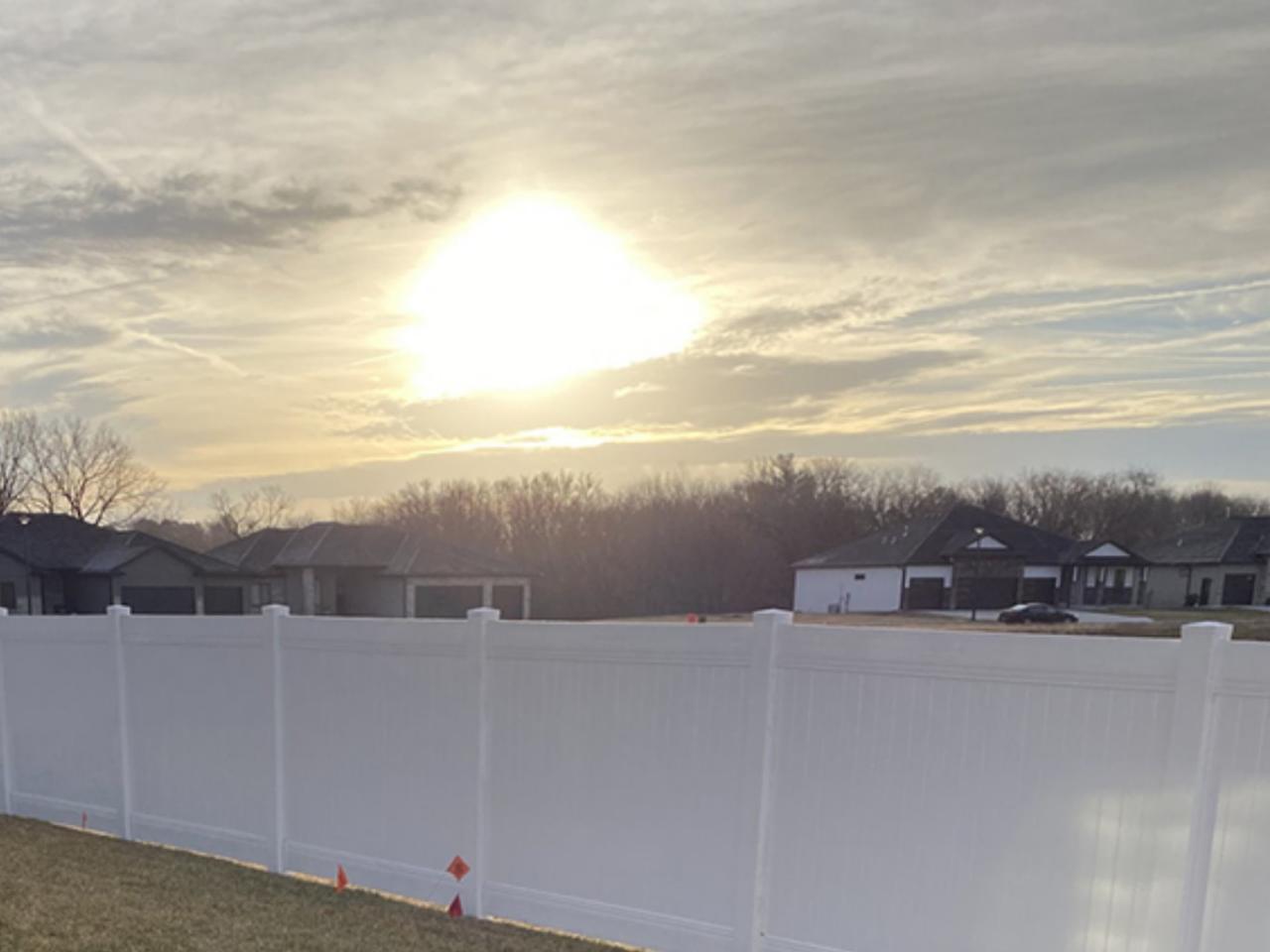
Waverly, Nebraska, has a diverse economy with a strong focus on agriculture, manufacturing, and healthcare. The town is home to several large employers, including the Waverly Grain Company, the Nebraska Furniture Mart, and the Waverly Health Center.
Major Industries and Businesses
The largest industry in Waverly is agriculture, which employs over 20% of the town’s workforce. Waverly is a major producer of corn, soybeans, and wheat, and the town is home to several grain elevators and processing facilities. Other major industries in Waverly include manufacturing, healthcare, and retail.
The Nebraska Furniture Mart, one of the largest furniture stores in the world, is located in Waverly, and the town is also home to several other manufacturing and retail businesses.
Employment Landscape and Job Market, Waverly nebraska
The unemployment rate in Waverly is 3.5%, which is lower than the national unemployment rate of 4.0%. The town has a strong job market, with a variety of jobs available in a range of industries. Waverly is a good place to find work, and the town’s economy is expected to continue to grow in the coming years.
Economic Growth Potential
Waverly has a strong economic growth potential. The town is located in a growing region of the country, and it has a diverse economy with a strong focus on agriculture, manufacturing, and healthcare. Waverly is also home to a number of young and talented workers, which will help to drive the town’s economy in the coming years.
Last Word: Waverly Nebraska
As we conclude our journey through the multifaceted tapestry of Waverly Nebraska, we are left with a profound appreciation for its enduring spirit and unwavering resilience. From its humble beginnings to its present-day prosperity, Waverly has consistently embraced change while preserving its unique identity.
Whether it’s the vibrant cultural scene, the thriving business community, or the warm embrace of its residents, Waverly stands as a testament to the indomitable spirit of the American Midwest.
FAQ Section
What is the population of Waverly Nebraska?
As of 2020, the population of Waverly Nebraska was estimated to be around 3,388.
What are the major industries in Waverly Nebraska?
Waverly Nebraska’s economy is primarily driven by agriculture, manufacturing, and healthcare.
What is the climate like in Waverly Nebraska?
Waverly Nebraska experiences a humid continental climate with hot summers and cold winters.
What are some popular tourist attractions in Waverly Nebraska?
Waverly Nebraska is home to several attractions, including the Waverly Historical Society Museum, the Waverly Golf Course, and the Waverly Aquatic Center.

